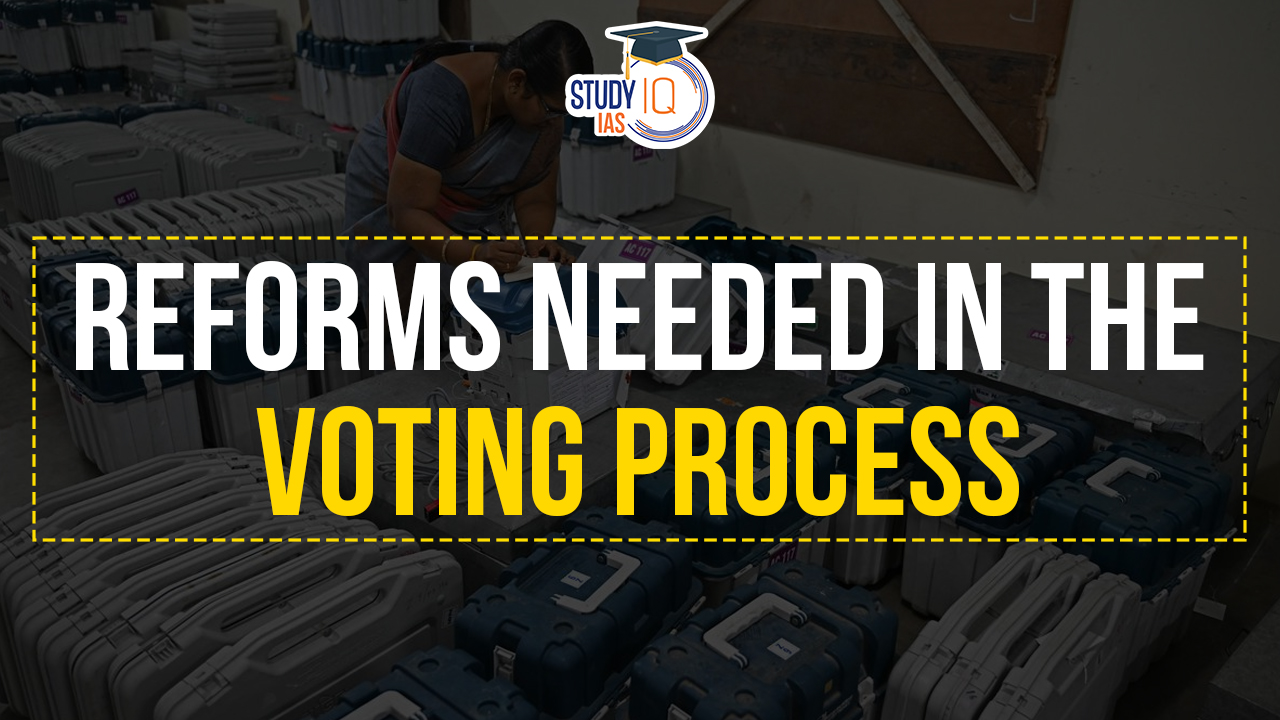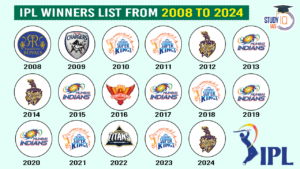Table of Contents
Context: The Supreme Court has decided to hear petitions seeking 100% cross-verification of the Voter Verifiable Paper Audit Trail (VVPAT) slips with the vote count as per Electronic Voting Machines (EVMs).
History of Voting Process
- Early Methods: Initially, voters dropped blank ballot papers into separate boxes for each candidate. Later, ballot papers with candidate names and symbols were introduced, requiring voters to stamp their choice.
- Introduction of EVMs: The Electronic Voting Machine was trialed in 1982 and gradually implemented across India, culminating in its widespread use in the 2004 general elections.
- Legal Framework: Supreme Court rulings, such as in the case of Subramanian Swamy versus Election Commission of India (2013), have affirmed the validity of EVMs while emphasizing the importance of a paper trail for free and fair elections.
International Practices
- Paper Ballots: Many Western democracies, including England, France, and the U.S., continue to use paper ballots for national elections.
- Discontinuation of EVMs: Some countries, such as Germany, have deemed the use of EVMs unconstitutional, while others, like Bangladesh, reverted to paper ballots after experimentation.
- Varied Adoption: While some nations, like Brazil, utilize EVMs, others, like Pakistan, do not.
Features of EVMs
- Advantages: EVMs have significantly reduced booth capturing, eliminated invalid votes, and enhanced the efficiency of the electoral process.
- Eco-Friendly: With a large electorate, EVMs reduce paper consumption, making them environmentally sustainable.
- Administrative Convenience: EVMs simplify the polling process for officers and expedite counting, minimizing errors.
Concerns
- Sampling Issues: The current sample size for matching EVM count with VVPAT slips may be insufficient and unscientific, potentially leading to undetected errors.
- Booth-level Vulnerabilities: Booth-wise polling behavior identification raises concerns about profiling and intimidation.
Way Forward
- Scientific Sampling: Establish a scientific method for determining the sample size, possibly by dividing states into large regions, as suggested by experts.
- Error Resolution: In case of discrepancies, count all VVPAT slips for the concerned region to ensure accuracy.
- Introduction of Totaliser Machines: Implement totaliser machines to aggregate votes from multiple EVMs before revealing candidate-wise counts, providing additional anonymity for voters.
Conclusion
Ensuring the integrity of the electoral process is paramount in any democracy. While EVMs have brought significant advancements, addressing concerns and implementing measures to enhance transparency and accuracy is imperative. By adopting scientific sampling methods and introducing additional safeguards, we can bolster public confidence in the electoral system and uphold the principles of democracy.


 List of Military Exercises of India 2024...
List of Military Exercises of India 2024...
 Small Finance Banks, Objectives, Key Fea...
Small Finance Banks, Objectives, Key Fea...
 IPL Winners List 2008 to 2025: RCB Clinc...
IPL Winners List 2008 to 2025: RCB Clinc...





















